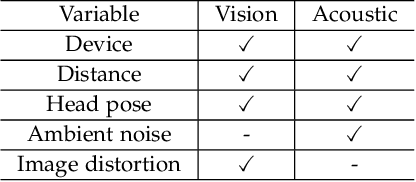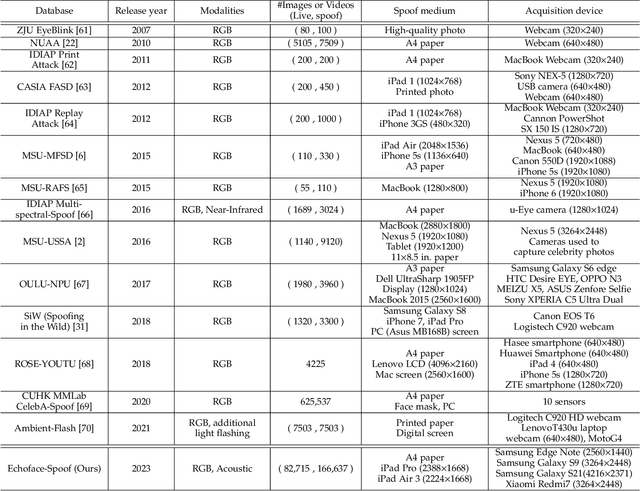Kexin Zheng
Diffusion-Based Planning for Autonomous Driving with Flexible Guidance
Jan 26, 2025



Abstract:Achieving human-like driving behaviors in complex open-world environments is a critical challenge in autonomous driving. Contemporary learning-based planning approaches such as imitation learning methods often struggle to balance competing objectives and lack of safety assurance,due to limited adaptability and inadequacy in learning complex multi-modal behaviors commonly exhibited in human planning, not to mention their strong reliance on the fallback strategy with predefined rules. We propose a novel transformer-based Diffusion Planner for closed-loop planning, which can effectively model multi-modal driving behavior and ensure trajectory quality without any rule-based refinement. Our model supports joint modeling of both prediction and planning tasks under the same architecture, enabling cooperative behaviors between vehicles. Moreover, by learning the gradient of the trajectory score function and employing a flexible classifier guidance mechanism, Diffusion Planner effectively achieves safe and adaptable planning behaviors. Evaluations on the large-scale real-world autonomous planning benchmark nuPlan and our newly collected 200-hour delivery-vehicle driving dataset demonstrate that Diffusion Planner achieves state-of-the-art closed-loop performance with robust transferability in diverse driving styles.
Generative AI-driven forecasting of oil production
Sep 24, 2024Abstract:Forecasting oil production from oilfields with multiple wells is an important problem in petroleum and geothermal energy extraction, as well as energy storage technologies. The accuracy of oil forecasts is a critical determinant of economic projections, hydrocarbon reserves estimation, construction of fluid processing facilities, and energy price fluctuations. Leveraging generative AI techniques, we model time series forecasting of oil and water productions across four multi-well sites spanning four decades. Our goal is to effectively model uncertainties and make precise forecasts to inform decision-making processes at the field scale. We utilize an autoregressive model known as TimeGrad and a variant of a transformer architecture named Informer, tailored specifically for forecasting long sequence time series data. Predictions from both TimeGrad and Informer closely align with the ground truth data. The overall performance of the Informer stands out, demonstrating greater efficiency compared to TimeGrad in forecasting oil production rates across all sites.
Orbital Angular Momentum Active Anti-Jamming in Radio Wireless Communications
Jul 29, 2024Abstract:Orbital angular momentum (OAM), providing the orthogonality among different OAM modes, has attracted much attention to significantly increase spectrum efficiencies (SEs) and enhance the anti-jamming results of wireless communications. However, the SE of wireless communications is severely degraded under co-frequency and co-mode hostile jamming. Focused on this issue, we propose a novel OAM active anti-jamming scheme to significantly enhance the anti-jamming results of wireless communications under broadband hostile jamming. Specifically, the OAM transmitter with energy detection senses jamming signals to identify which OAM modes are jammed and unjammed. Based on the recognition of OAM modes, useful signals are modulated by reflecting the received co-frequency and co-mode jamming signals with the assistance of a programmable gain amplifier (PGA) to the OAM receiver, thus utilizing both the OAM modes jammed by hostile attacks and the energy of jamming signals. Meanwhile, the unjammed OAM modes allocated with total transmit power are multiplexed for useful signal transmission. Numerical results demonstrate that our proposed OAM active anti-jamming scheme can achieve high OAM mode utilization and significantly increase the SEs.
M3FAS: An Accurate and Robust MultiModal Mobile Face Anti-Spoofing System
Feb 03, 2023



Abstract:Face presentation attacks (FPA), also known as face spoofing, have brought increasing concerns to the public through various malicious applications, such as financial fraud and privacy leakage. Therefore, safeguarding face recognition systems against FPA is of utmost importance. Although existing learning-based face anti-spoofing (FAS) models can achieve outstanding detection performance, they lack generalization capability and suffer significant performance drops in unforeseen environments. Many methodologies seek to use auxiliary modality data (e.g., depth and infrared maps) during the presentation attack detection (PAD) to address this limitation. However, these methods can be limited since (1) they require specific sensors such as depth and infrared cameras for data capture, which are rarely available on commodity mobile devices, and (2) they cannot work properly in practical scenarios when either modality is missing or of poor quality. In this paper, we devise an accurate and robust MultiModal Mobile Face Anti-Spoofing system named M3FAS to overcome the issues above. The innovation of this work mainly lies in the following aspects: (1) To achieve robust PAD, our system combines visual and auditory modalities using three pervasively available sensors: camera, speaker, and microphone; (2) We design a novel two-branch neural network with three hierarchical feature aggregation modules to perform cross-modal feature fusion; (3). We propose a multi-head training strategy. The model outputs three predictions from the vision, acoustic, and fusion heads, enabling a more flexible PAD. Extensive experiments have demonstrated the accuracy, robustness, and flexibility of M3FAS under various challenging experimental settings.
 Add to Chrome
Add to Chrome Add to Firefox
Add to Firefox Add to Edge
Add to Edge